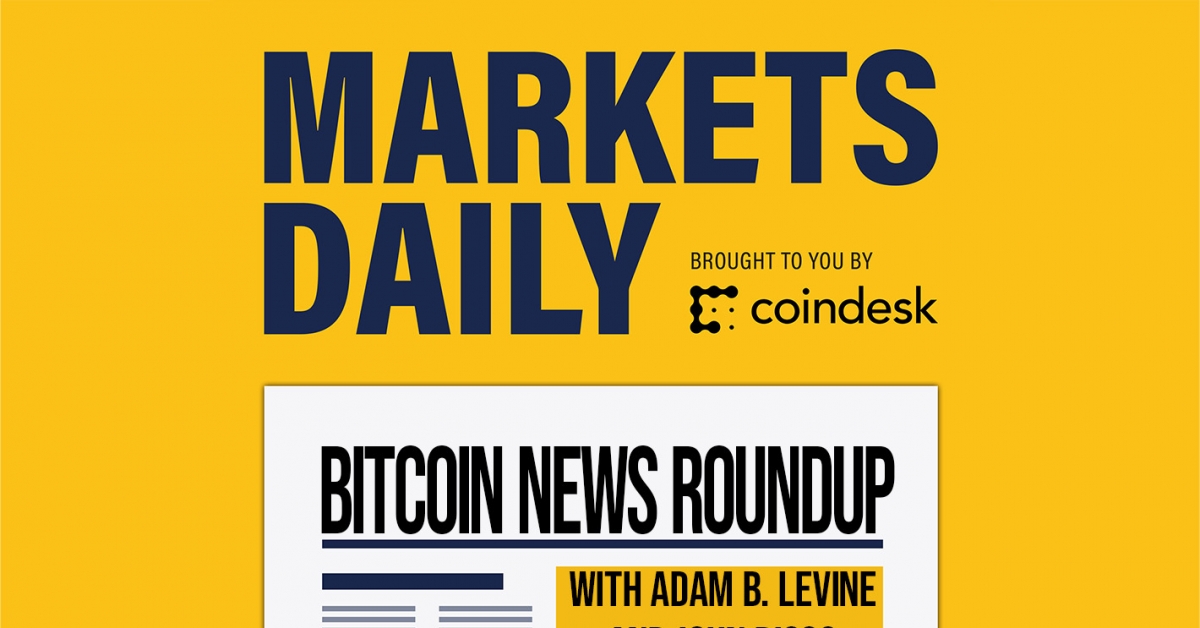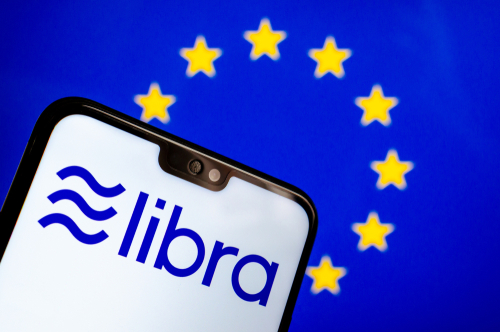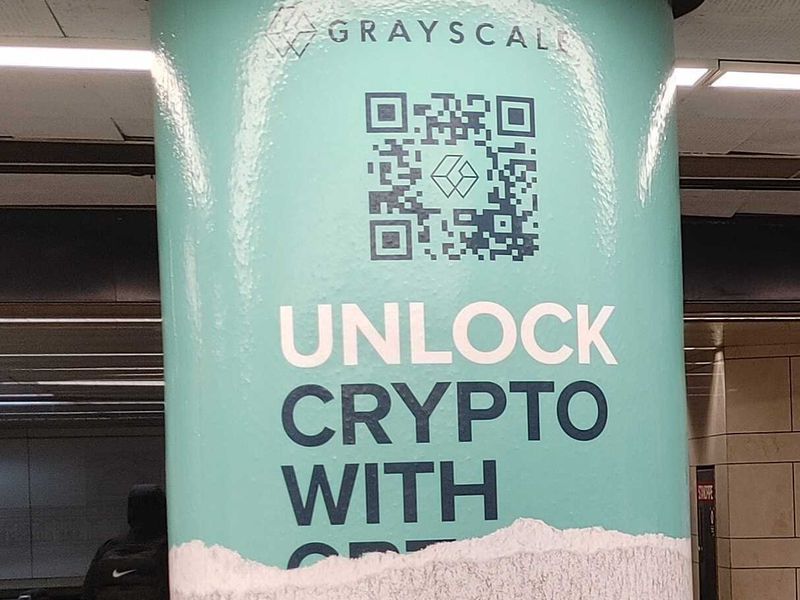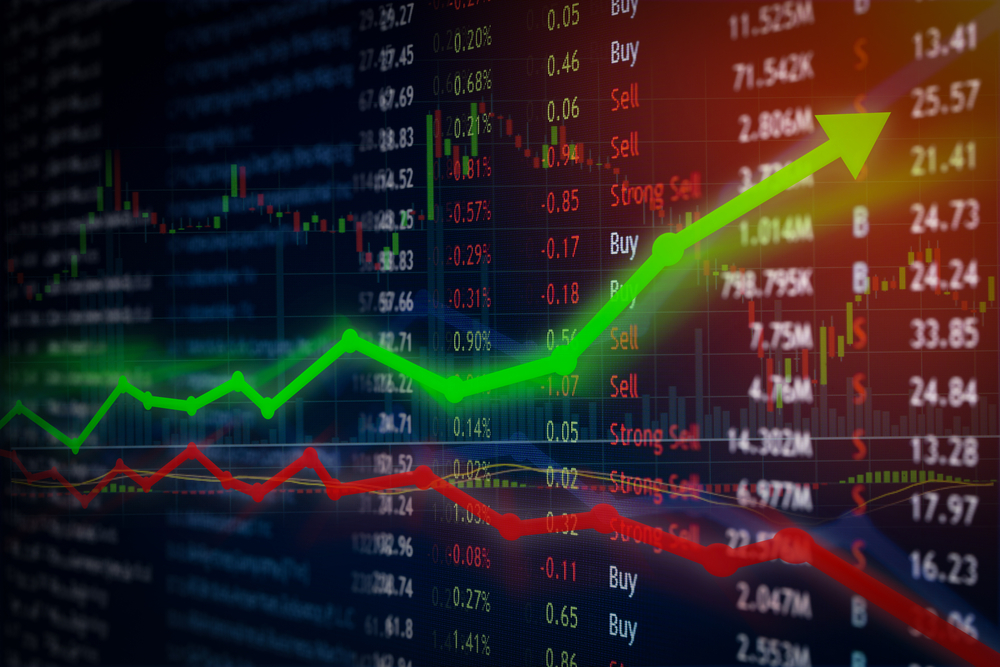ETH Reverts to Inflationary Asset Following Fee-Reducing Dencun Upgrade
-
The recent Dencun upgrade lowered fees by 4x, on average.
-
This led to less ETH being burned, thus reversing its status as a deflationary asset.
Ethereum’s recent Dencun upgrade, which was designed to reduce fees and help scale the network, has caused ether (ETH) to revert back to an inflationary asset — potentially reversing one of the key benefits of the 2022 Merge.
A CryptoQuant report reveals that Dencun has made transaction fees on Ethereum on average four times lower than they were before, but this also means that the amount of ETH getting burned has declined to one of the lowest levels since the Merge and supply is growing at the fastest rate since 2022.
The Merge in 2022 saw Ethereum transition from a proof-of-work blockchain to proof-of-stake. This worked in tandem with a prior London upgrade that implemented a mechanism that burned a portion of transactions fees (the base fee), this effectively removed ETH from circulation and caused deflationary pressure.
:format(jpg)/cloudfront-us-east-1.images.arcpublishing.com/coindesk/ZA6HCUPIZVBU7F5IKGZQICZRIM.png)
Dencun, the most recent upgrade, implemented “dark shanking,” which improved block storage and made layer-2 networks cheaper.
Ether was a deflationary asset following the Merge, with the total supply of the token dropping from 120.491 million to 120.097 million since September 2022. However, the total amount of fees burned decoupled from network activity following Dencun, meaning that the natural increase in supply is outpacing the amount burned in fees. Ether’s supply has thus increased by 400,000 tokens since April.
Edited by Stephen Alpher.









